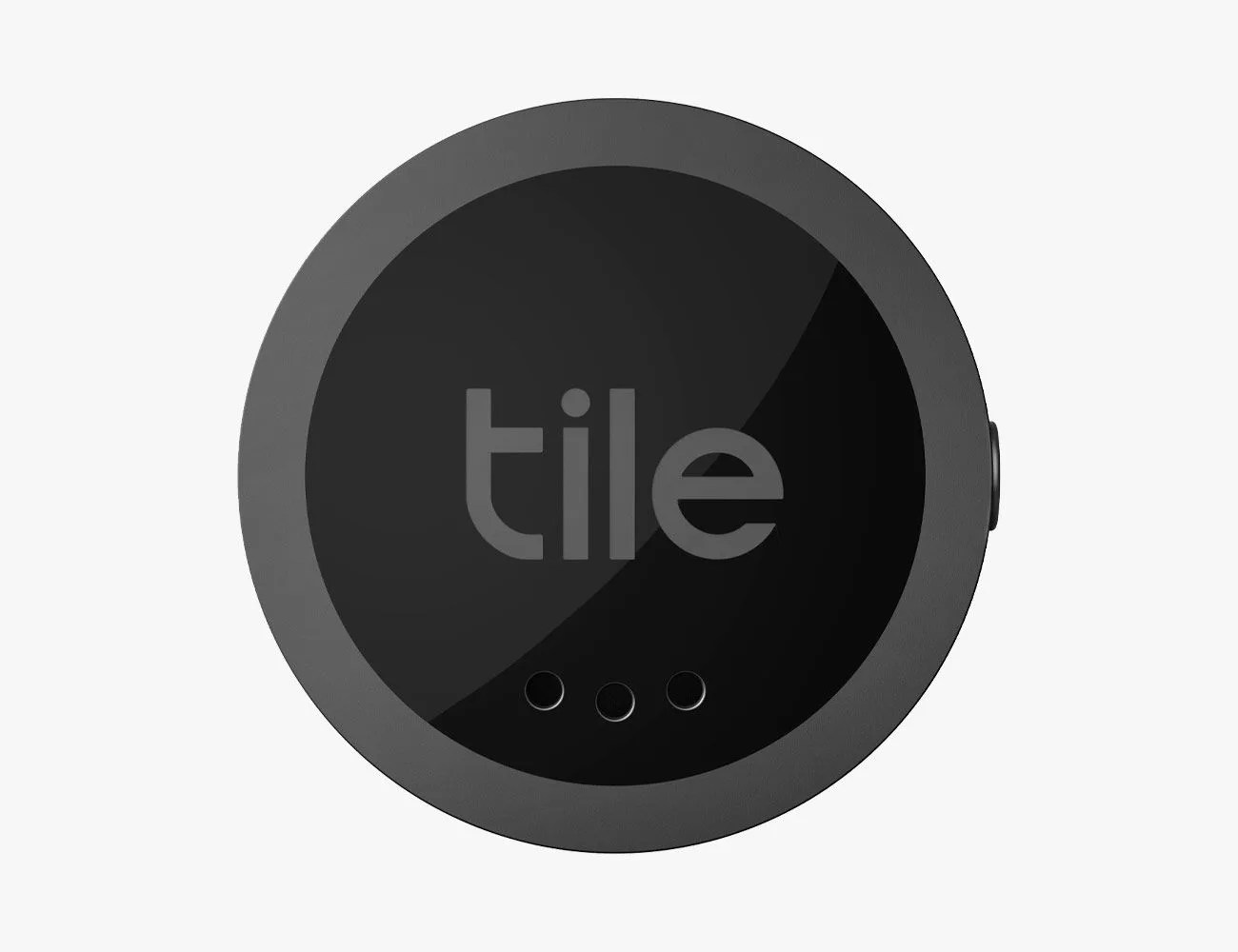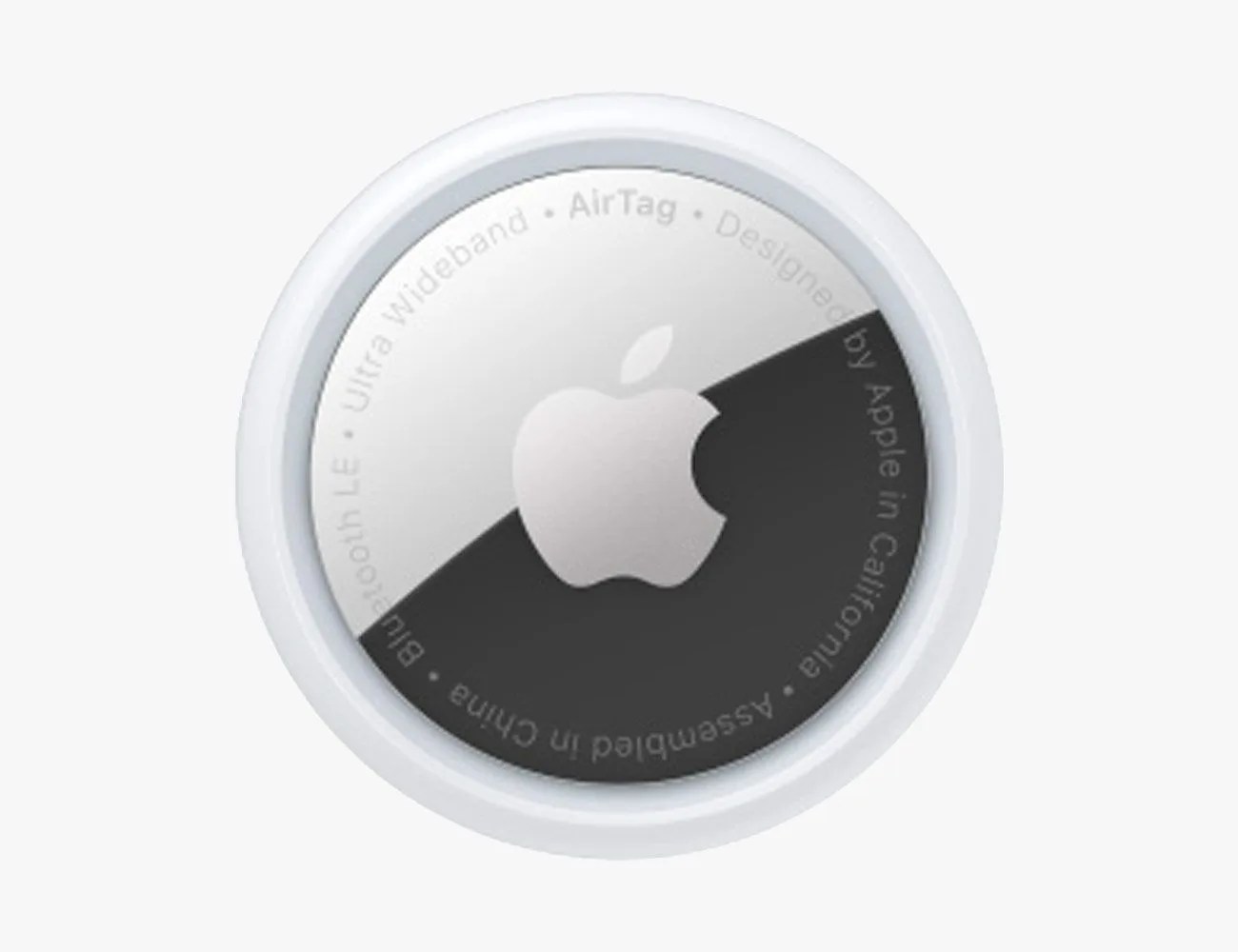Tile has been the dominant force in tiny Bluetooth trackers for years, but it has major competition now that Apple’s AirTags are on the scene. Both Bluetooth trackers do essentially the same thing: they attach to your personal belongings (like a keychain, backpack or bike) and allow you to find them if they get lost or stolen. There are a few major differences between Tile’s trackers and AirTags, however, which can be broken down into three categories: variety, ecosystem, community and close proximity tracking.
First, variety. Tile has been around for years and makes a number of different sized and shaped Bluetooth trackers, which gives you the flexibility to stick one to a remote, slip one into your wallet or attach one to your keychain. While being new to the category, Apple only offers one kind of AirTag. And you also need to buy an accessory for each AirTag you buy.
Second, ecosystem. The big advantage of AirTags is that they work with the Find My app, which lives natively on every iPhone, so you can track it down the same way you’ve been able to track your lost iPhone, iPad, iPod, Mac or Apple Watch for years. Tile trackers require you have download and use a separate app, which doesn’t seem like a huge disadvantage, but it is a barrier to entry. On the flip side, a Tile tracker can work with an Android or an iPhone. AirTags are iPhone (or another Apple device) or bust.
Third, community. Both Tile and AirTags use Bluetooth, meaning that you need to be within Bluetooth range (roughly 150 feet) of your tracker for it to appear on the app. If not, you can turn on a “lost mode” within the Tile or Find My apps and then any strangers’ smartphone that comes within Bluetooth range of your tracker can help you locate it. The catch is that for Tile trackers that stranger’s phone also needs to have the Tile app downloaded. And for AirTags it requires that stranger to have an iPhone. This is a big advantage for AirTags because a lot more people have iPhones than have the Tile app downloaded.
Finally, close proximity tracking. The other big advantage of AirTags is that they feature Ultra-Wideband technology, which enables what Apple calls “Precision Finding.” Effectively, when you get in really close proximity of your tracker, an arrow will appear on your Find My app that’ll direct you to the exact location of your AirTag. The catch is that you need to have an iPhone with a U1 chip (so iPhone 11 or later). No Tile tracker has Ultra-Wideband technology yet, but that’s going to change in “early 2022” while it releases Tile Ultra.
 Tile
TileTile Sticker
Pros
- You don't need to buy an accessory for your tracker.
- Works with both Android smartphones and iPhones.
- Tile makes a wide variety of trackers.
Cons
- No Ultra-Wideband technology (yet).
- Tile ecosystem not as vast as Apple's ecosystem.

